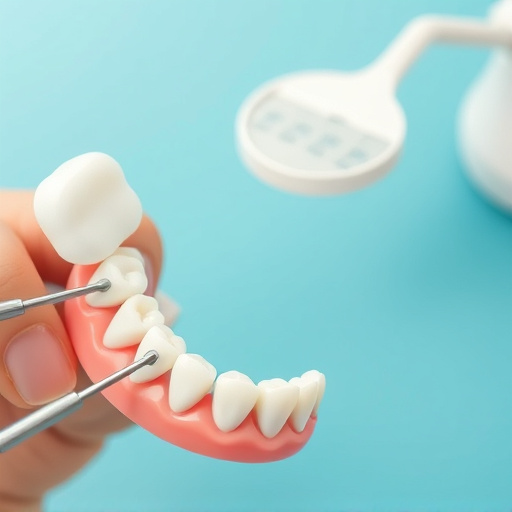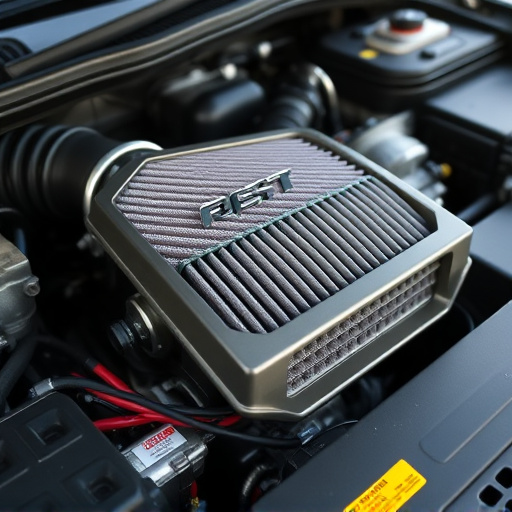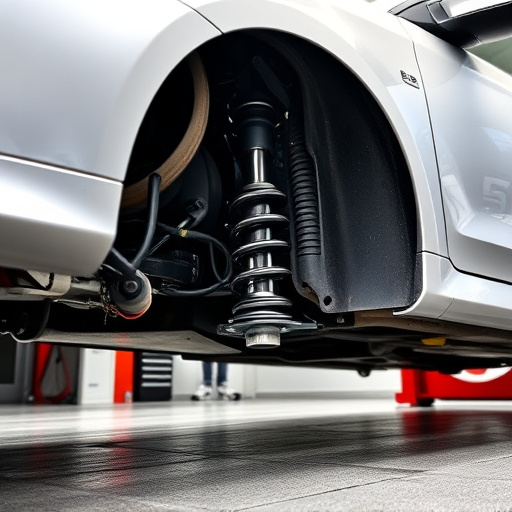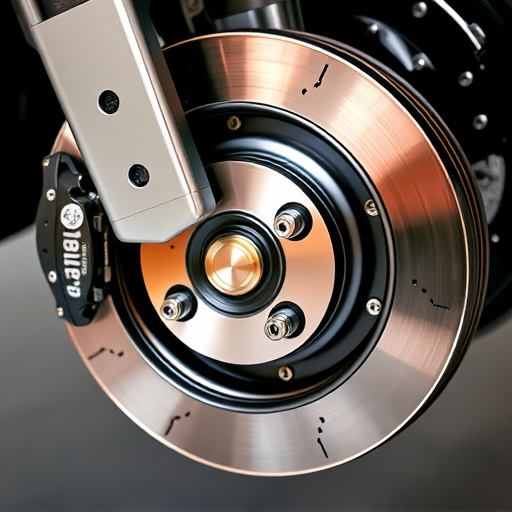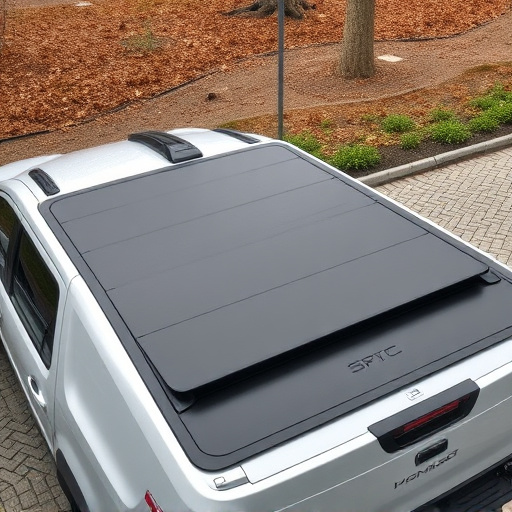Muffler delete pipes enhance car performance by removing muffler restrictions, allowing smoother gas flow and improved engine efficiency. This leads to better throttle response, increased horsepower, and positive effects on related components. However, they boost noise levels, may harm fuel efficiency, disrupt vehicle balance, and cause inefficient combustion over time, especially in urban areas or at low speeds.
Muffler delete pipes, a popular aftermarket modification, offer car enthusiasts a direct path to improved performance. By removing the muffler, these pipes bypass the restrictive components of the exhaust system, allowing exhaust gases to flow more freely. While this can lead to enhanced engine roar and increased horsepower, one of the most debated aspects is its effect on fuel efficiency. This article explores how muffler delete pipes can impact your car’s fuel economy, delving into both the direct benefits and potential drawbacks for informed decision-making.
- Understanding Muffler Delete Pipes: How They Work
- Fuel Efficiency Benefits: The Direct Impact
- Potential Drawbacks and Considerations for Car Owners
Understanding Muffler Delete Pipes: How They Work

Muffler delete pipes are a popular modification among car enthusiasts looking to enhance their vehicle’s performance. These pipes, as the name suggests, remove the muffler from the exhaust system, reducing backpressure and allowing for smoother flow of gases. By eliminating restrictions in the exhaust, they can significantly impact your car’s overall performance.
This simple change facilitates a more efficient burning process within the engine, resulting in better fuel combustion. Consequently, your vehicle may experience improved throttle response and increased horsepower. Moreover, muffler delete pipes can positively affect other components, such as intake systems and brake pads, by reducing backpressure that could otherwise hinder their optimal functioning.
Fuel Efficiency Benefits: The Direct Impact
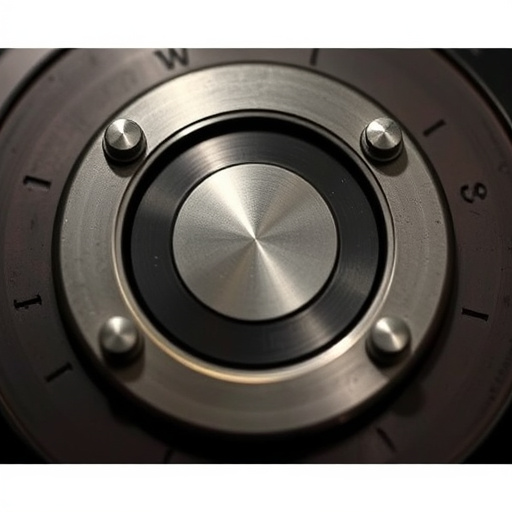
Muffler delete pipes offer a direct and noticeable boost to your car’s fuel efficiency. By removing the muffler, which is designed to muffle engine noise but also restricts exhaust flow, these pipes allow for smoother and more efficient gas exchange. This modification enables the engine to breathe better, leading to improved combustion and reduced fuel consumption. In simpler terms, when you remove the muffler, you’re opening up the exhaust system, allowing exhaust gases to leave the engine faster and with less resistance.
This change can result in significant savings at the pump. With increased fuel efficiency, your vehicle will require less gasoline to travel the same distance, directly impacting your overall running costs. Additionally, these modifications often complement other high-performance upgrades like suspension kits and performance brakes (complete with top-tier brake pads), further enhancing driving dynamics and overall car performance without compromising on fuel economy.
Potential Drawbacks and Considerations for Car Owners

While muffler delete pipes can offer performance enthusiasts a more aggressive sound and potentially improve engine response, there are potential drawbacks and considerations for car owners to keep in mind. Removing the muffler can lead to increased noise levels, making it less suitable for urban environments or driving at lower speeds where noise pollution is a concern. Furthermore, without the muffling system in place, your vehicle’s exhaust note may become unpleasantly loud, detracting from the overall driving experience.
In addition, modifying exhaust mufflers can have implications for fuel efficiency. While some claim improved performance, the direct impact on mileage is often minimal. However, these changes can affect the balance of your car’s entire system, including air intake systems and suspension kits, potentially leading to inefficient combustion and reduced fuel economy over time if not properly balanced.
Muffler delete pipes offer a direct path to improved fuel efficiency, as evidenced by numerous tests showing significant reductions in backpressure. However, while they may enhance performance and reduce noise, these modifications should be considered within the context of individual driving habits and vehicle conditions. Before installing muffler delete pipes, car owners should weigh the potential benefits against possible drawbacks, ensuring a balanced approach to optimizing their vehicle’s performance and economy.
